The birth of fertility tracking tech
The apps, wearables and sensors to plan and prevent pregnancy
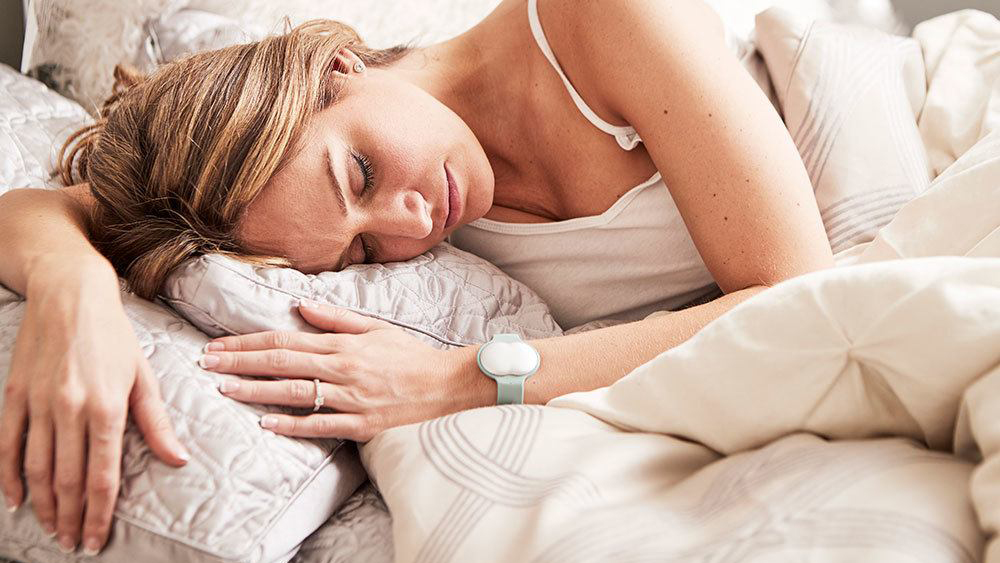
From thermometers to charts to apps to complicated maths, for women, tracking their cycle to work out when best to conceive, and when to avoid conceiving, is nothing new.
And now, thanks to the rise in tech designed to make fertility tracking at home easier and more accurate than ever, more and more women are entrusting the planning and prevention of pregnancy to an app and a thermometer.
In many ways this is a hugely positive development, providing women all over the globe with more knowledge and insights into how their bodies work. Not only is this empowering, it gives them a better chance of making good decisions without the need to sit in a doctor’s waiting room, wait ages for tests, or pay for advice.
Rebecca Simmons, Assistant Professor and Sexual & Reproductive Health Researcher, explains: “Personalized medicine – this idea that we can tailor broader health information to ourselves for better outcomes – is really driving people to have a better understanding of their own bodies with respect to everything, from fitness to nutrition to chronic disease.”
“I think that fertility technology and fertility-awareness-based methods really align with this larger trend.”
But, as you may expect, this new wave of fertility tracking tech doesn’t come without its issues, from lack of regulation and steep prices through to dubious claims and even unwanted pregnancies.
For example, popular fertility tracking app Natural Cycles, which is claimed to be able to plan and prevent pregnancy, has come under fire for allegedly leading to a number of unplanned pregnancies.
Sign up for breaking news, reviews, opinion, top tech deals, and more.
So do the benefits outweigh the risks? Or are people jumping on board this particular quantified self bandwagon far too early?
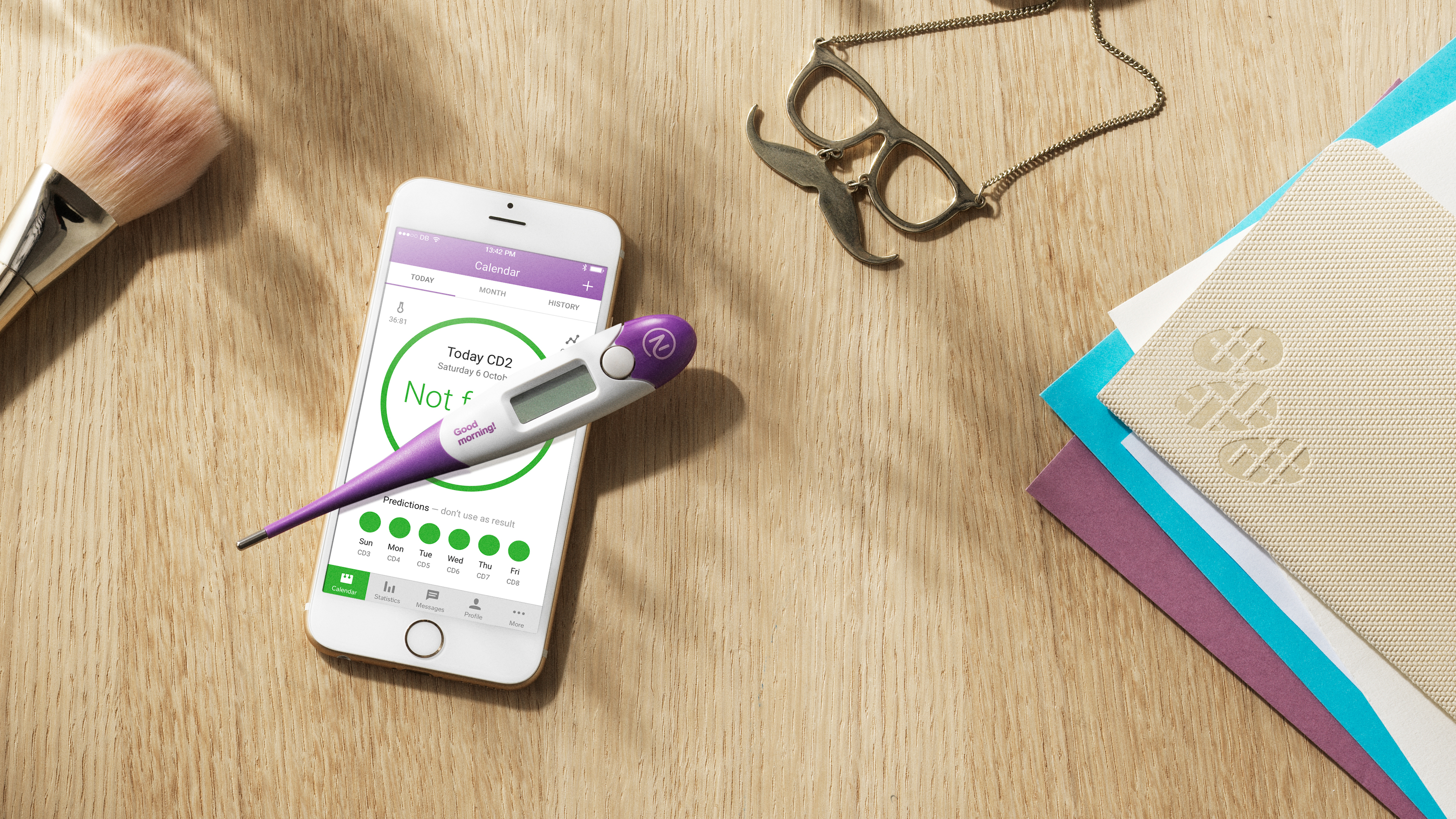
The current state of fertility tracking
Fertility tracking tech is a fast-growing space, and there are a number of options readily available, from in-ear wearables through to simple apps.
Most of the devices collect data about Basal Body Temperature (BBT), which is your body’s temperature when at rest and has long been used as an indicator of fertility because it fluctuates throughout a woman's cycle.
The approach to taking your BBT is varied. For example, Ava is a wrist-bound wearable aimed at those looking to plan pregnancy, which tracks temperature as well as a range of other physiological markers, from stress to sleep.
Similarly, Tempdrop is a wearable sensor that can be worn with an accompanying armband or placed in your bra overnight and, like Ava, it collects a range of readings. Yono, meanwhile, is an in-ear basal thermometer that’s worn all night to continually track BBT.

There are also oral thermometer methods, with many (but not all) claiming they can be used to plan as well as prevent pregnancy. For example, Daysy is a thermometer that teams up with the Daysy app to tell you when you’re likely to be fertile and infertile. The Wink is an oral thermometer that pairs with the Kindara app and sends information to it via Bluetooth, and is claimed to be a good indicator for those wishing to plan and prevent pregnancy.
Then there’s Natural Cycles, which is a popular app and thermometer combo that’s used to both plan and prevent pregnancy. Importantly, Natural Cycles is the only product mentioned here that’s certified as a valid method of contraception in Europe (outside of Europe it’s only intended to be used as a form of fertility monitoring).
Yet another option is Dot, which also claims to be able to plan and prevent pregnancy just by tracking the dates of a woman's period and not by taking their temperature.
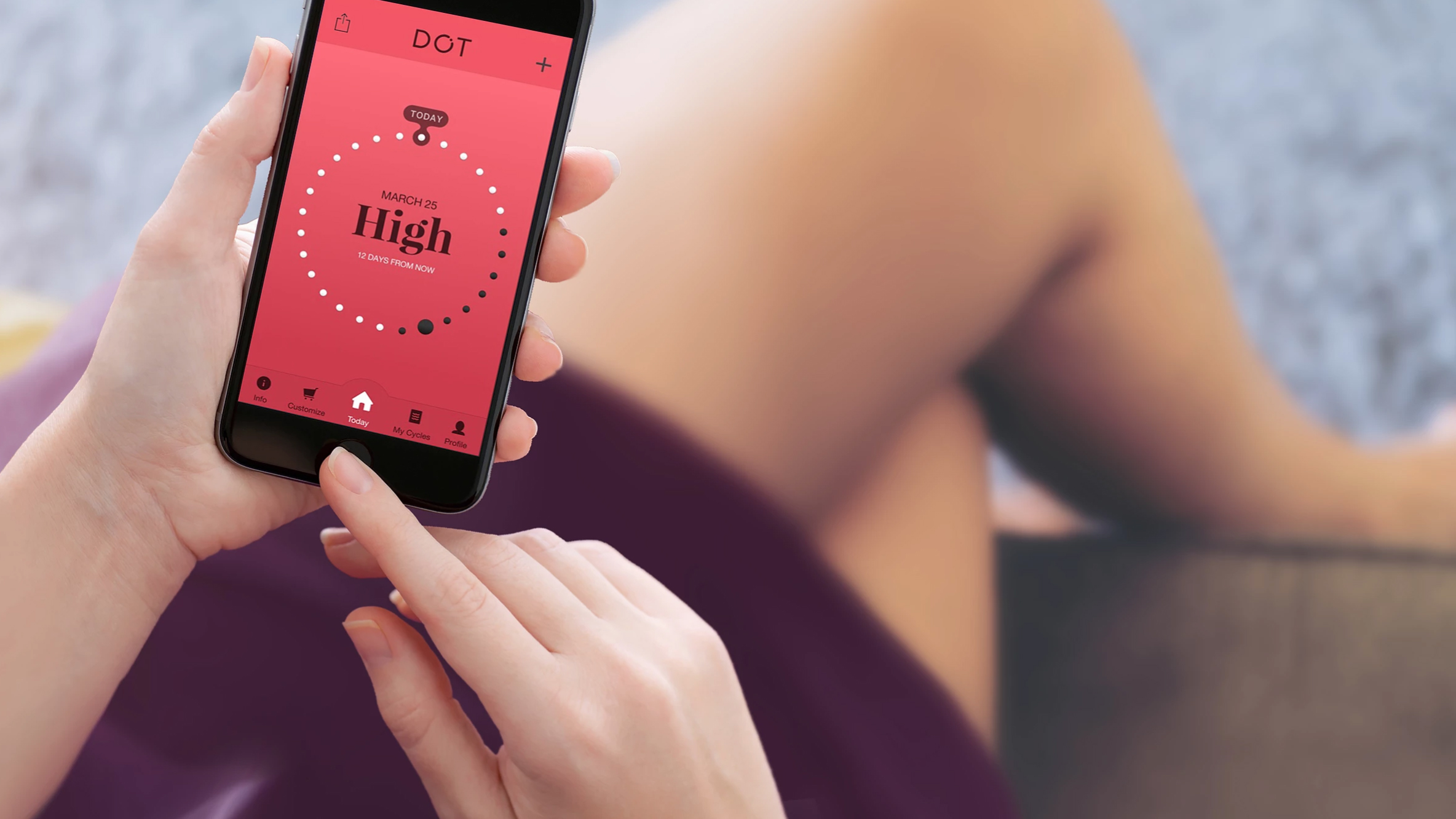
Finally, there are also a few really popular apps, like Clue and Glow, that don’t require the woman to take her temperature and don’t promise to be solid options for planning or preventing pregnancy, but they do allow users to track their cycle and prompt them to learn more about how their body behaves throughout the month, from moods to reaction to medications.
But that’s just the beginning. More apps are hitting the market all the time, more startups are producing wearables, and more BBT-based solutions are trying to drum up mainstream appeal. It’s a fascinating, fast-growing space. But with such a huge range of products racing to market, can we really trust them?
Can an app really replace the pill?
While some of these apps and wearables claim to be able to keep track of infertile days, only a few state that they can confidently be used to prevent pregnancy. Even then the small print ensures that most can’t be held accountable for any unplanned pregnancies, and should only be used as a guide.
And although this space is still largely unregulated, the experts we spoke to expect it to continue to grow. Simmons explains that “demand for app-based methods is occurring because existing methods aren’t meeting the needs of all women”.
“The vast majority of development around contraception has been mostly tinkering with the hormonal dosages/delivery mechanisms of existing contraceptive methods, which is fine, but doesn’t address the needs of the subset of women for whom hormonal methods either aren’t possible or desired,” Simmons adds.
“As more research emerges on some of the potential negative side effects of hormonal contraception (for example depression, decreased sexual libido), women and their partners are looking for other ways to prevent pregnancy. These apps are, for better or worse, filling some of that existing demand.”
Natural Cycles faced criticism after being blamed for a number of unplanned pregnancies in Sweden. But the team behind the app have explained that as user numbers rise, so will unplanned pregnancies.
That’s because it’s 99% effective with ‘perfect use’ and 93% effective with ‘typical use’ according to the Pearl Index, which is a commonly used indicator that estimates the number of unwanted pregnancies with a contraceptive method if 100 women use it over a year. So with typical use you’d expect seven women using Natural Cycles to become pregnant over 12 months.
And while 93% may not sound particularly comforting, according to a recent study of contraceptive methods, the Pearl Index for the male condom ranges from 98% effectiveness with perfect use to 82% with typical use over time, and the combined pill ranges from more than 99% effectiveness with perfect use to 91% with typical use.
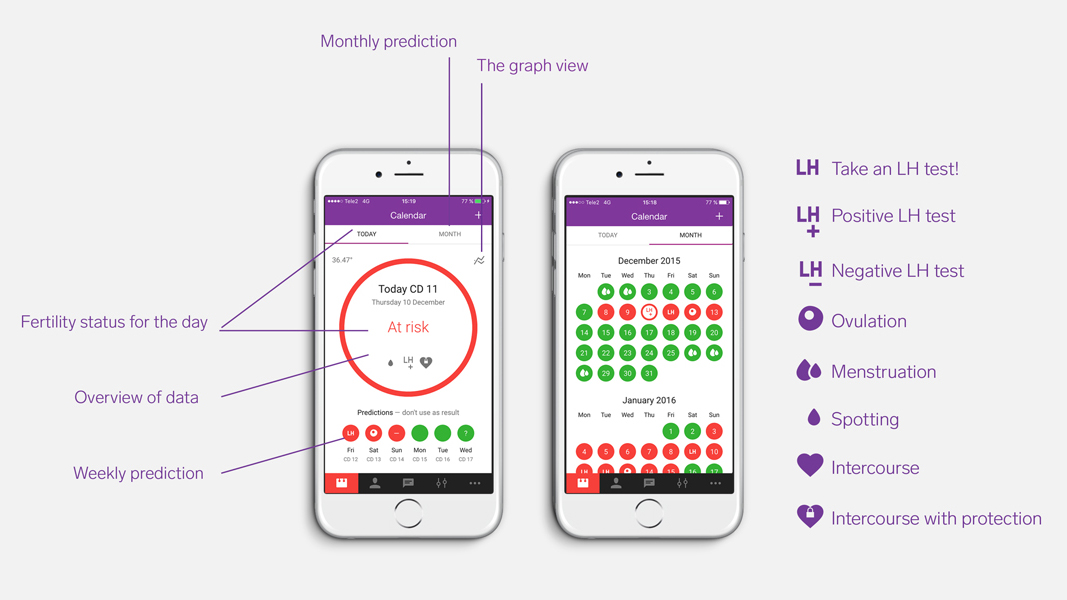
Although this points to Natural Cycles being more effective than the male condom (although bear in mind this is based on limited studies, as the space is still so new), tech-based contraception does need to be approached with caution, largely because we’re just not used to using it yet.
For example, the ‘perfect use’ of Natural Cycles requires a woman to take her temperature each morning at a similar time before they get up, and works best for those with regular cycles; and if you’re ill or hungover that may affect your results. This means that while in theory ‘perfect use’ sounds easy, in practice it may not be.
That doesn’t mean to say Natural Cycles isn’t a valid option for those who've tried other methods and are committed to sticking to the instructions, but it’s not perfect and, crucially, won’t protect against STDs.
We asked Rebecca Simmons what she thinks of using an app instead of the pill. “There’s very little research right now on the efficacy of existing fertility apps and other technologies. For better or worse, science is slow and technology is fast,” she explained.
“There needs to be a better balance between the two fields, to prevent women from being harmed and to improve consumer confidence in this field. For now, women who are choosing to use fertility technology as a way to prevent pregnancy should be extremely careful in choosing which apps to trust with that type of responsibility.”
Weighing up the opportunities and the challenges
Although we can’t ignore the fact that this tech is by no means perfect or designed for everyone, that shouldn't detract from its huge potential.
While large-scale numbers being hard to come by at this point, user stories from many of the fertility tech companies we spoke to point to huge success rates in using these apps and devices to plan for pregnancy. We spoke to Lea Von Bidder, the CEO and Co-founder of Ava, who explained that because the Ava wearable tracks nine different physiological parameters it’s become a highly effective way to pinpoint fertile days.
“The Ava bracelet was proven in a recently concluded clinical study at the University Hospital of Zurich to detect an average of 5.3 fertile days per cycle with 89 percent accuracy,” Bidder told us. “Furthermore, since Ava measures multiple parameters besides temperature, it is able to detect the fertile window in real time, which is critical in order to improve the chances of conceiving.”
It’s not just early research and anecdotal evidence that points to a bright future for fertility tracking tech, but what it means for healthcare, women’s bodies and user confidence.
“Fertility technology is reducing stigma,” Simmons told us. “Typically, aspects of women’s bodies – things like cervical mucus and menstrual bleeding – have been sources of confusion and shame for women all over the world. The broad reach of these technologies is empowering because women can see that not only are these things absolutely normal, they are valuable health vital signs.”
And not only is the technology reducing stigma, it’s empowering because it takes a largely unknowable aspect of women's biology and makes it as knowable as ordering an Uber or checking Facebook.
“The underlying message behind this new technology is that women’s bodies are 'knowable' – that you can understand a lot about your fertility, and overall health broadly, by looking for certain signs that your own body gives you each month,” Simmons says.
“Fertility technology is allowing women to do this more easily, in real time, with aspects of behavioral theory, such as feedback, community, and reminder systems. This is immensely empowering for women and can really impact their health.”
It’s not only personally empowering, but the data can also be used to inform health care professionals, providing them with cycle data that can be exported and downloaded. If there’s a joined up approach between healthcare providers and tech companies in future, this could prove to be incredibly useful in diagnosing, tracking and treating health problems.
At this stage, a lot of the tech we’ve talked about here is aimed at women who want more control over their bodies and fertility and are likely early adopters. But the bigger picture is that easily accessible tech for fertility could have a big impact on those in developing countries without easy access to healthcare.
“One particularly important opportunity with this tech is expanding access to infertility diagnosis and treatment – something that’s generally been mostly available to rich, white people with insurance coverage,” Simmons told us.
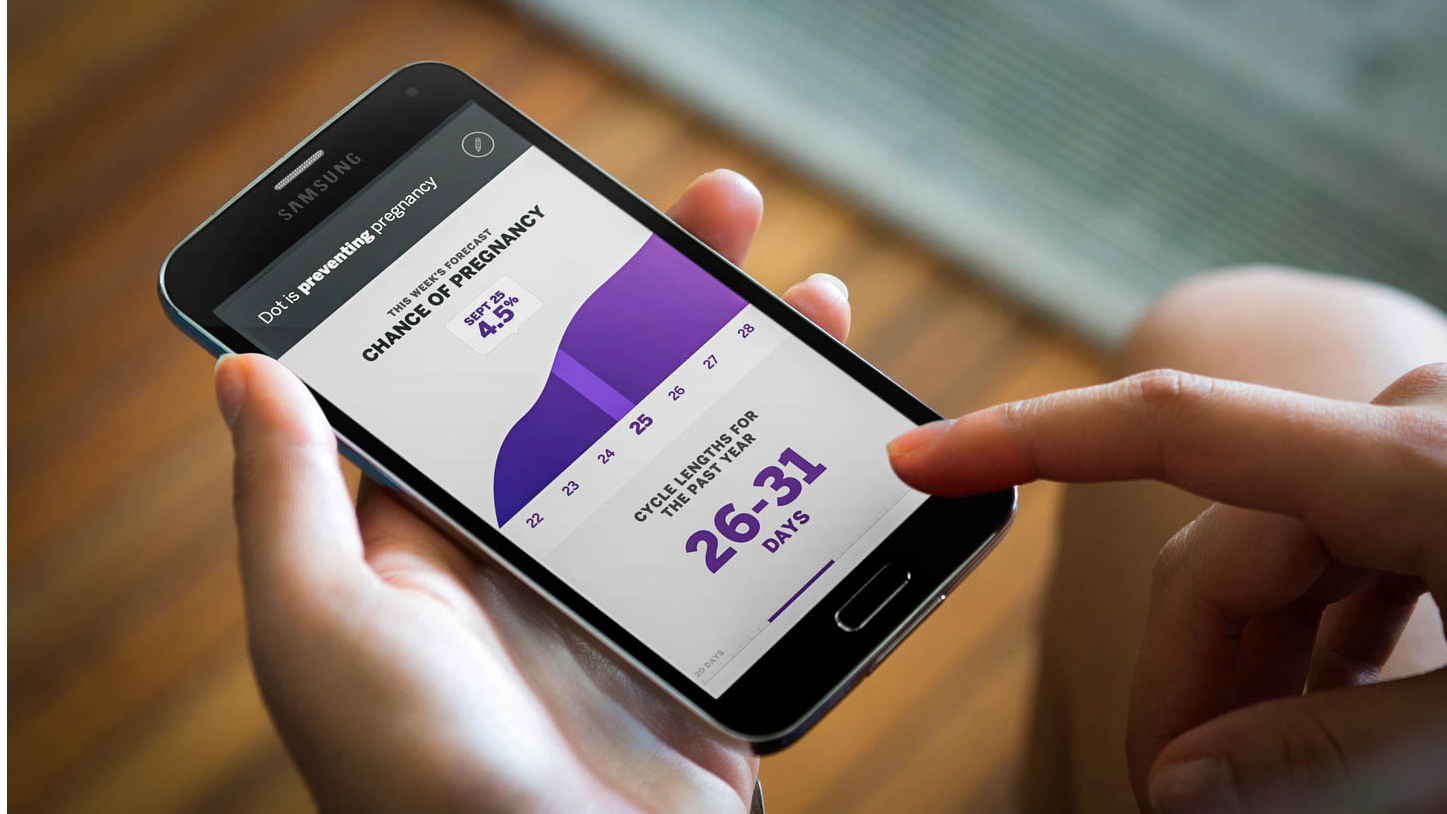
Leslie Heyer, CEO of Cycle Technologies and creator of the Dot app has been ensuring its tech reaches far and wide. “We made a commitment to FP2020, a global consortium of governments, organizations and the private sector, to make our contraceptive technologies available for free to 10 million women around the world, with a particular focus on places with high unmet family planning need,” Heyer told us.
Although it’s easy to get excited about the possibilities more accessible fertility tech will open up, there are plenty of challenges, and reasons to be concerned, too.
As is the case with the larger health tech space, privacy and accuracy are the main concerns, especially as more companies rush to bring products to market. The answer here is investing in development of platforms to ensure more privacy, and investing in research. But that’s not always easy.
“I’ve seen many fertility tech companies who employ scientific advisors and doctors as part of their development process,” Simmons told us. “This is excellent, but that costs money, and if you’re a startup or just a little company trying to push out an app, that might not be in your purview.”
“it is important that innovators, investors, and users do their research,” Heyer explained. “I do have concerns that there are a number of fertility technologies that are making misleading and/or bold claims without having significant evidence to support these claims. This has the potential to undermine the whole industry, and does a real disservice to end users.”

The future of fertility tracking
Women have long needed different options for both fertility tracking and contraception that don’t rely heavily on hormones, access to expensive healthcare or methods that give them little to no visibility of their own bodies.
But the future success of the industry relies on a number of factors. For starters, companies should be required to take on a responsibility to educate users so they can make informed decisions. And at the same time, everyone considering these methods needs to be wary about bold claims, do their research, and consider whether relying on tech that requires their input and attention is for them.
Most of the experts and brands we spoke to also pointed to the need for a more joined up approach between companies, users and academics. “Reproductive health needs champions; from startups like ours, to doctors and researchers, and of course app users themselves,” Ida Tin, CEO and Co-founder of Clue told us.
“When we look at past studies on women's health, the sample size has been very limited. Now that we have massive amounts of data, we can look at trends on a much larger scale and really move the field forward.”
We may not have perfect solutions yet for preventing or planning pregnancy, but tech that empowers women and gives them more insights into their bodies is promising. It’s also wise to look at the bigger picture. If this tech can help women all over the globe feel more confident about their bodies and how they work, it could have a hugely positive impact on fertility and healthcare worldwide.

Becca is a contributor to TechRadar, a freelance journalist and author. She’s been writing about consumer tech and popular science for more than ten years, covering all kinds of topics, including why robots have eyes and whether we’ll experience the overview effect one day. She’s particularly interested in VR/AR, wearables, digital health, space tech and chatting to experts and academics about the future. She’s contributed to TechRadar, T3, Wired, New Scientist, The Guardian, Inverse and many more. Her first book, Screen Time, came out in January 2021 with Bonnier Books. She loves science-fiction, brutalist architecture, and spending too much time floating through space in virtual reality.